
New Zealand King Shag
Leucocarbo carunculatus


Leucocarbo carunculatus

The New Zealand king shag, or kawau tūī in Māori, is a rare and majestic seabird found only in the Marlborough Sounds. About the size of a small goose, this striking black and white bird is a true New Zealand treasure. With its regal appearance and limited range, spotting a king shag is a special moment for any birdwatcher.
1. Breeding adults have bright yellow-orange caruncles on bill, less prominent in non-breeding season
2. Large pink feet and cobalt blue eye-ring, unique among New Zealand shags
3. Bold black and white plumage with white wing patches visible when wings are folded
King shags are deep divers, specializing in bottom-dwelling fish. They breed during winter, building nests on rocky islets. Their restricted range makes them vulnerable to environmental changes and human disturbance. Oil spills, coastal pollution, and fishing nets pose significant threats. Conservation efforts focus on protecting their limited breeding sites and foraging areas.
Look for New Zealand king shags in the outer Marlborough Sounds, particularly around D'Urville Island and the entrance to Queen Charlotte Sound. They're often visible from the Cook Strait ferries. These birds are active throughout the day, diving for food in waters up to 50 meters deep. Watch for them perched on rocky islets or diving from the surface. Tip: Scan the water for their distinctive silhouette – a large, dark bird with a thick neck, often seen in small groups.
Known as kawau tūī in te reo Māori, the New Zealand king shag has a long history in the Marlborough Sounds. It was first recorded by European naturalists during Captain Cook's second voyage in 1773\. Its restricted range and unique appearance make it an icon of New Zealand's rich and diverse coastal birdlife, embodying the country's commitment to preserving endemic species.
76 cm
2500 g
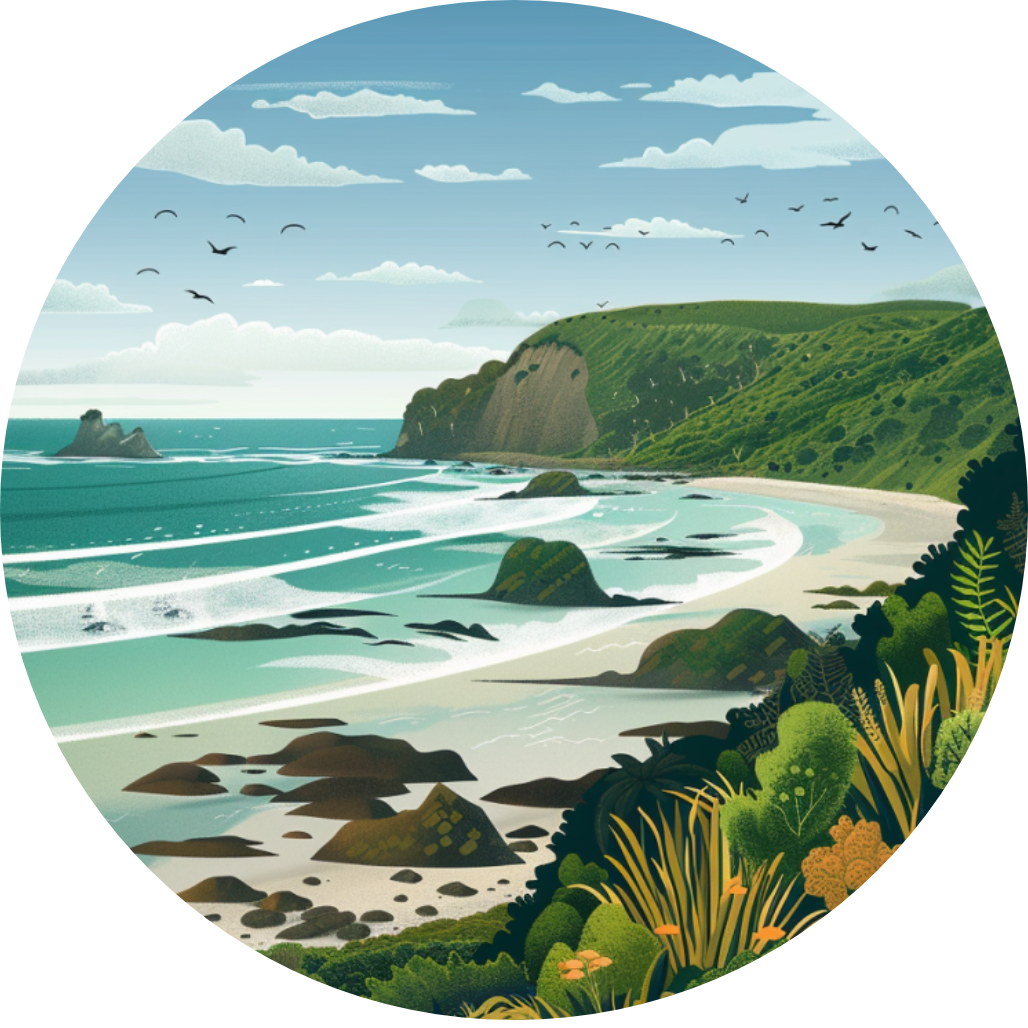
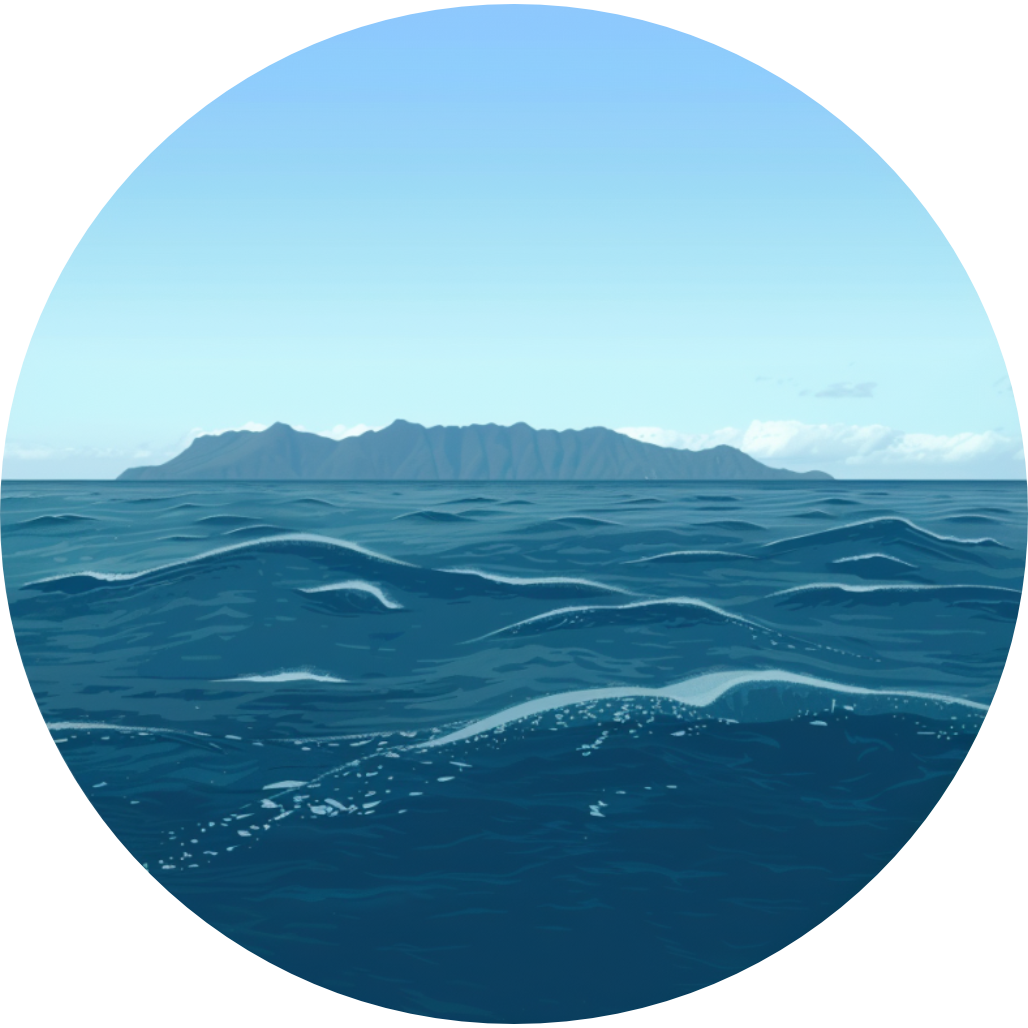
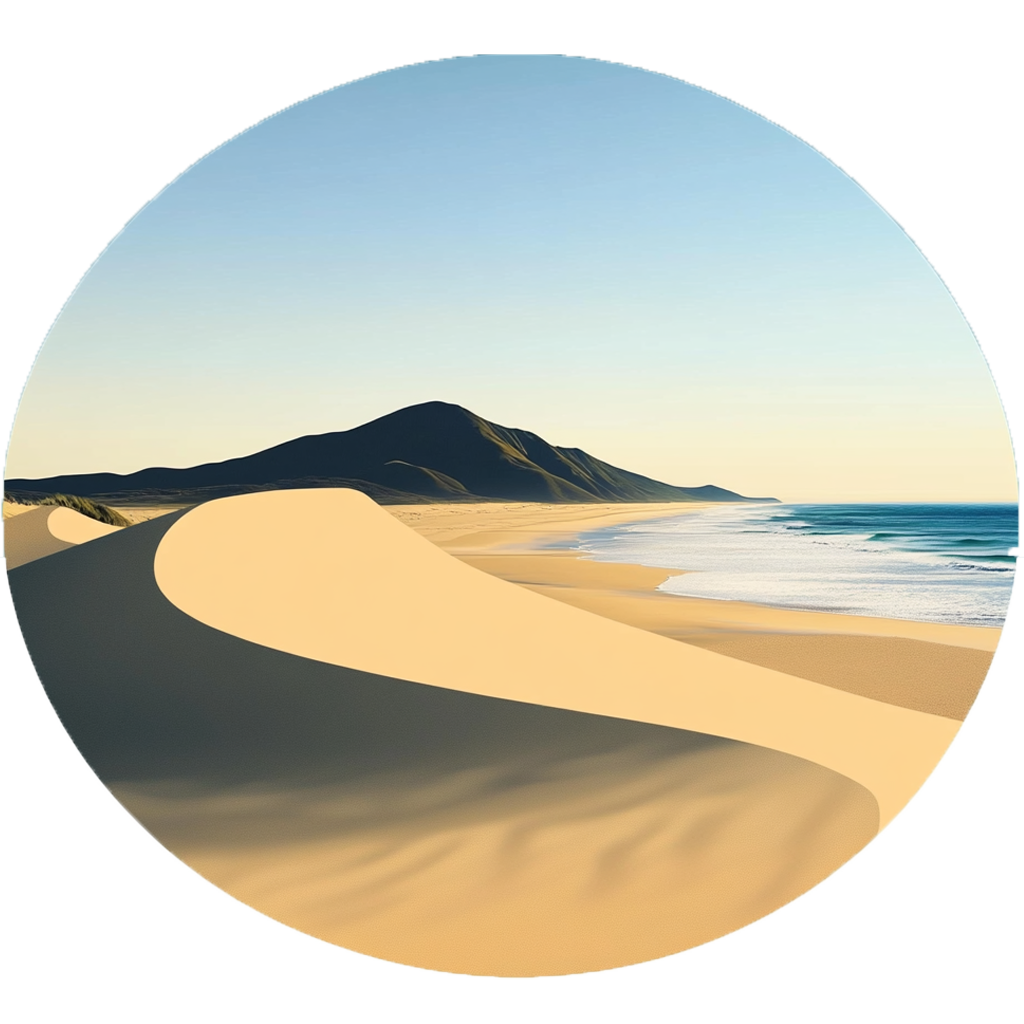
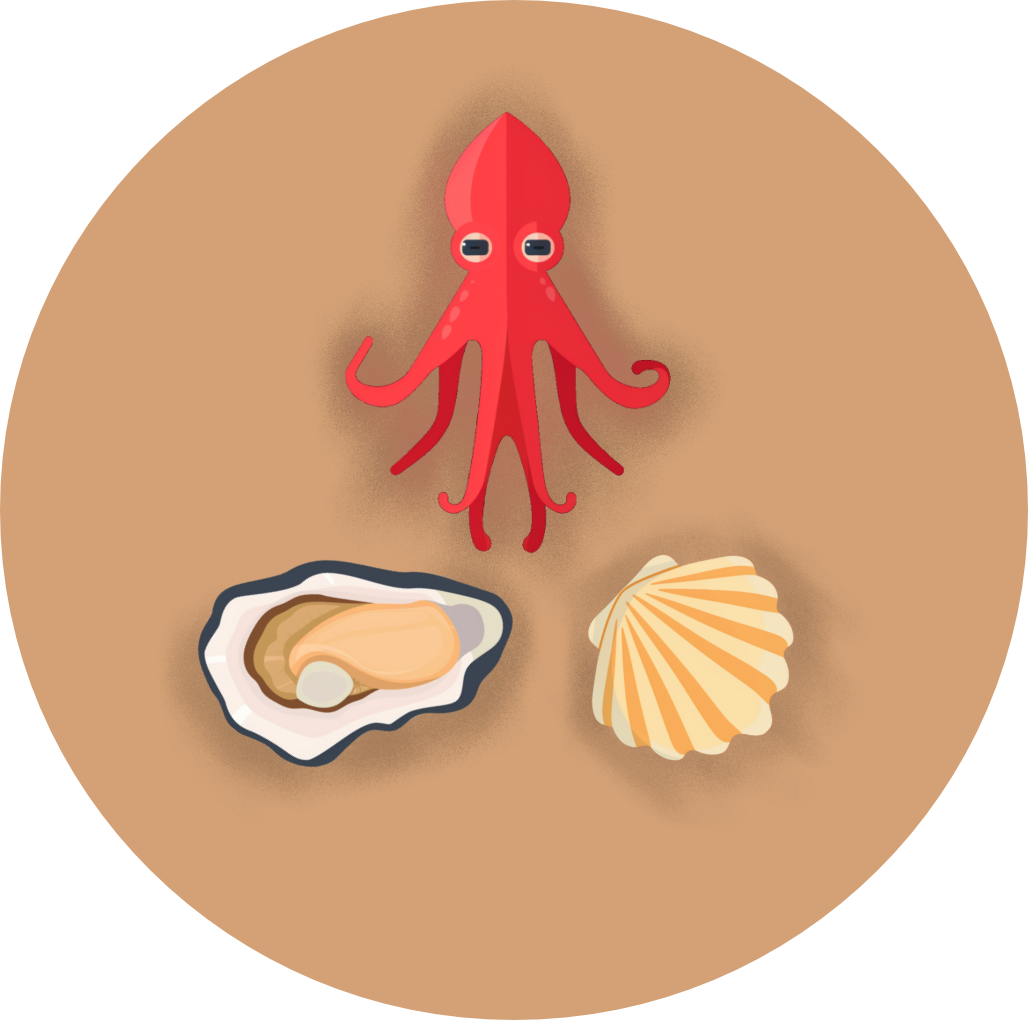
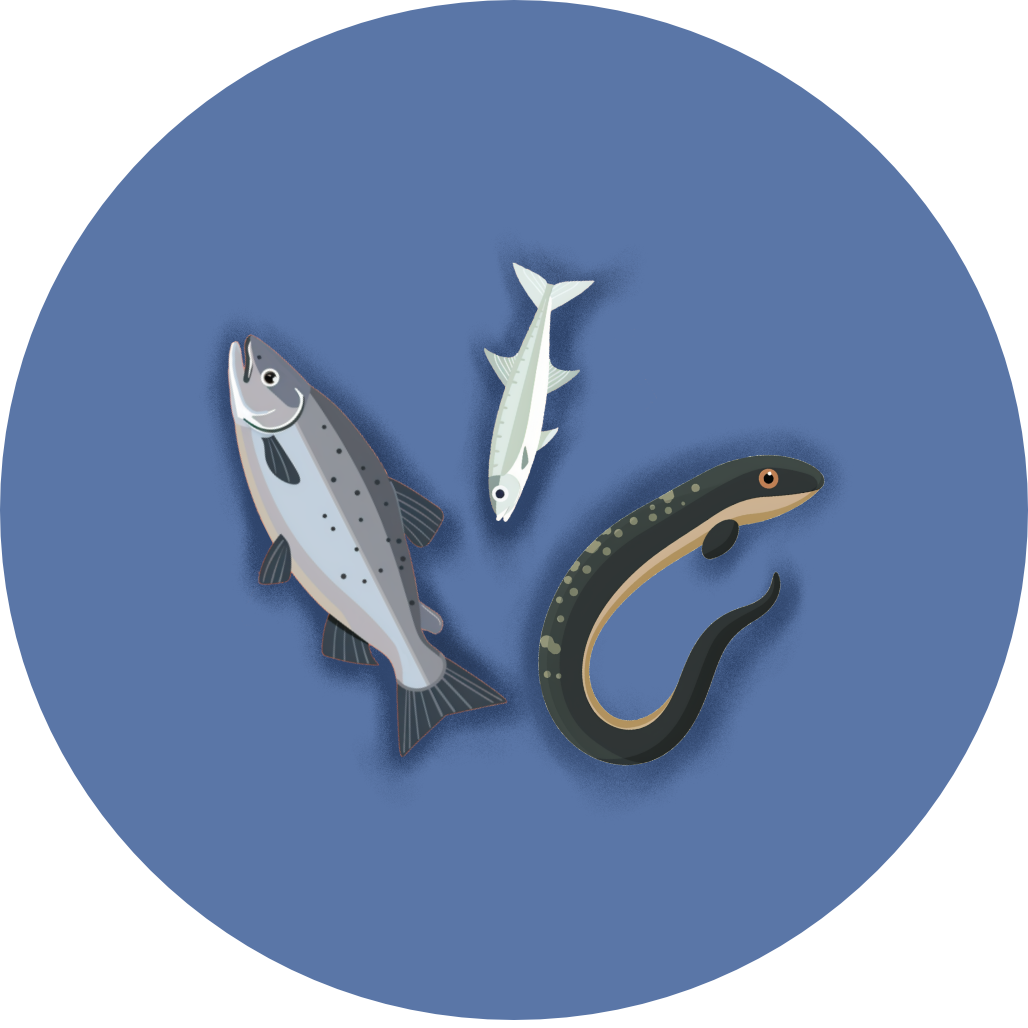
Coming Soon!
Top birding locations will be available in a future update.